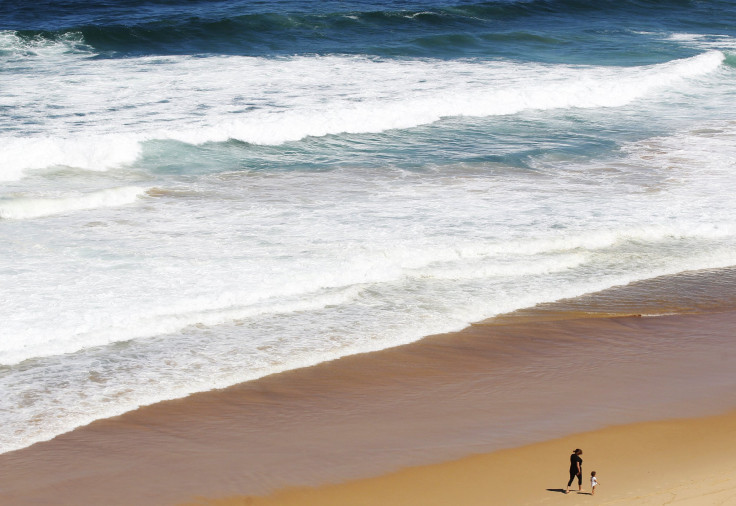Red Tuna Crabs Washing Up On Southern California Beaches

Thousands of red tuna crabs have been washing up on beaches in Southern California. According to officials, warm Pacific Ocean currents have been carrying the crabs to beaches from Orange County to San Diego County.
Reportedly, the stranded crabs have been dying in hordes. However, some surviving crabs have managed to wash back into the sea. Such massive strandings takes place from time to time, said Linsey Sala, collection manager for the Pelagic Invertebrates Collection, University of California. However, it means no harm or threat to the species, she said.
The huge stranding signifies the presence of warm water, she said, but added that it's not clear whether it was due to the El Nino effect or some other oceanographic condition.
The Scripps Institution of Oceanography, San Diego, has warned people against eating the dead crabs. According to the officials, the crabs might be poisonous, as there are chances they may have ingested phytoplankton, which produces toxin.
A large toxic algal bloom exists in the coastal area stretching from California north to Washington state. However, officials are still not sure whether to relate the invasion of the dead red crabs with the toxic algal bloom.
The Metro reports that the phyton-eating crabs are native to the waters of the California Current, the Gulf of California and Mexico's Baja California peninsula. Such crabs resemble small lobsters and are nearly one to three inches long.
"They are mostly grazers in the upper 200 meters (yards) of the ocean. Because they can swim in the water column, they can be transported by strong currents," Sala explained.
© Copyright IBTimes 2024. All rights reserved.











